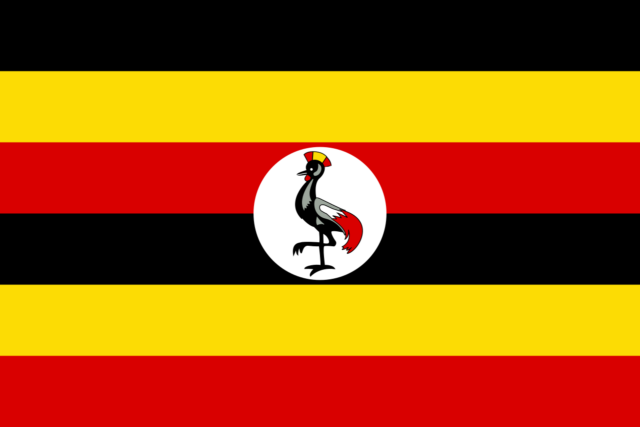Renewable fertilisers in Uganda
By Julian Atchison on April 04, 2024
Joint Norwegian-Ugandan project based on hydropower

Click to learn more. A joint Norwegian-Ugandan renewable ammonia & fertilisers project will be developed, based on hydroelectricity.
The Ministry of Energy and Mineral Development, Kenya-based Industrial Promotion Services, Westgass Internasjonal and Norfund have agreed to develop a hydroelectric-powered hydrogen, ammonia and fertiliser production facility in Karuma, western Uganda. The project aims to reduce Uganda’s reliance on fertiliser imports, and is part of a wider “import substitution strategy” being pursued by the Ugandan government.
The plant will produce 200,000 metric tons of fertiliser every year. An agreement for the supply of hydroelectricity (100 MW) from a “local plant” to Karuma has already been signed. Electrolytic hydrogen will be produced, followed by ammonia and fertilisers typically used in the region (calcium ammonium nitrate and NPK).
Our joint commitment to sustainable development is set to foster economic growth, making a significant dent in the importation of fertilizers and tackling food and income insecurity head-on. This partnership is a testament to our dedication to environmental sustainability and the economic empowerment of Uganda.
Kinar Kent, CEO of Westgass in his organisation’s official press release, 15 Feb 2024
This project is a good example of how Norwegian public and private financing come together to fund bankable and sustainable projects that will have a long-lasting impact on Uganda’s economy. The Norwegian Government welcomes this investment as it aligns with our priorities of improving Uganda’s food security while utilizing the country’s renewable energy resources.
Norwegian Ambassador to Uganda Anne Kristin Hermansen in Westgass’ official press release, 15 Feb 2024
Norfund, or the Norwegian Investment Fund for developing countries, is co-financing the project through a convertible loan. It has so far committed $3.1 billion in for projects in Sub-Saharan Africa, South-East Asia, and Central America. Fully owned and funded by the Norwegian Government, it aims to support the transition to net zero in the developing world, based on investments in “renewable energy, financial inclusion, scalable enterprises and green infrastructure”.
According to the UN, Uganda’s consumption of fertilizer is well below the average of 8 kg/hectare in sub-Saharan Africa, with only 24% of agricultural households able to afford expensive, imported fertilisers. A local, renewable-based production facility will not only reduce costs and lead to a reduced environmental impact, but it will provide more opportunities for Ugandan agriculture.